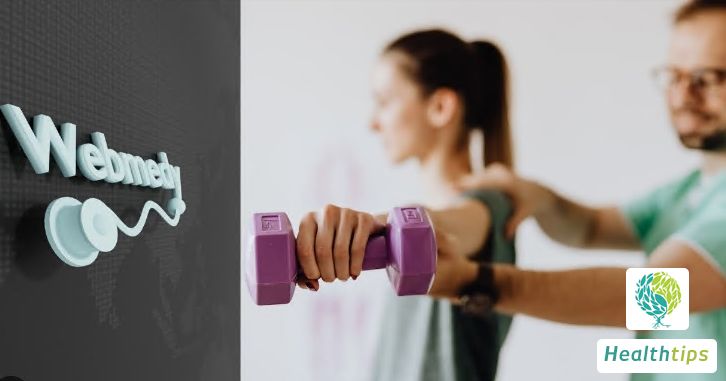What Benefits Can Be Derived from Performing Clam Shell Leg Exercises?
Fitness Tips: Clam Shell Exercise and Its Benefits
For those with busy schedules, squeezing in a bit of exercise during free moments can be crucial to avoid excessive fat accumulation. When it comes to weight loss, many individuals opt for simple exercises such as the clam shell leg movement. However, some may be unfamiliar with this exercise and its benefits. This action not only aids in weight loss but also enhances pelvic stability and tightens the buttocks, making it particularly suitable for women.

Benefits of the Clam Shell Exercise
The clam shell exercise is a form of fitness training that can contribute to weight loss. During this exercise, the rapid movement of the limbs accelerates the burning of body fat, providing energy for metabolic processes and thus achieving weight loss effects. It's important to note that while performing the clam shell exercise, it's crucial to avoid excessive consumption of high-calorie foods to prevent the accumulation of excessive heat and the formation of fat layers, leading to obesity. Consuming plenty of fresh vegetables can further enhance the effects.
How to Perform the Clam Shell Exercise
1. Start by lying on your side, supporting your head with your left arm. Bend your hips to approximately 45 degrees and your knees to about 90 degrees. Place your right leg over your left leg in an overlapping position. This is your starting position.
2. Open your right leg outward, pushing your knee away from the midline of your body. Keep your feet in contact while performing this movement.
3. Pause at the top position and then return to the starting position. Repeat this movement for the recommended number of repetitions, alternating between both legs.
Tips for Daily Exercise
1. Avoid immediate rest after intense exercise. The blood flow to the skin and muscles increases during exercise, reducing the blood supply to the heart and brain. Immediate rest can lead to slow blood circulation, potentially causing symptoms such as nausea and dizziness. Therefore, it's important to perform relaxation exercises before sitting down to rest, such as walking or light jumping.
2. It's not advisable to shower immediately after intense exercise. To maintain body temperature, the skin's blood vessels dilate, pores open, and sweat production increases. Taking a cold shower can cause vasoconstriction, poor blood circulation, and increased heart and lung burden. It can also lower resistance and make one prone to illness. On the other hand, a hot shower can increase blood flow to the skin and muscles, leading to insufficient blood supply to the heart and brain, potentially causing dizziness or even fainting. Therefore, it's not advisable to take a cold or hot shower immediately after exercise.
3. Avoid excessive drinking after intense exercise. Many people feel thirsty and drink large amounts of water or other beverages after exercise, but this is not advisable. Excessive drinking can overburden the stomach and intestines, dilute gastric juice, reducing its antibacterial effect and hindering food digestion. Drinking too quickly can also rapidly increase blood volume, suddenly burdening the heart, and even leading to heart failure, chest tightness, or bloating. It's important to drink moderately and avoid cold drinks, which can affect body temperature regulation and lead to colds, abdominal pain, or other illnesses.
4. Avoid eating large amounts of sugar after intense exercise. Many people believe that eating sweets after exercise can quickly restore energy, but this is not beneficial. Consuming sugary foods after exercise can deplete vitamin B1 in the body, leading to fatigue and loss of appetite, further hindering recovery. It's recommended to consume foods rich in vitamin B1, such as vegetables, liver, and eggs, after intense exercise.
5. Moderate exercise intensity is crucial. Not all exercises are beneficial in larger quantities. Everyone has a different physical constitution and can tolerate different levels of intensity. It's important to determine the frequency, type, duration, and intensity of exercise based on your individual physical condition.



















